What Is the Blobitecture?
The Blobitecture also known as “blobism” is often used to describe buildings with curved and rounded shapes. Blobitecture from (blob architecture), Blobism or Blobismus are terms for a movement in architecture in which buildings have an organic, amoeba-shaped, bulging form. Though the term ‘blob architecture’ was in vogue already in the mid-1990s, the word blobitecture first appeared in print in 2002, in William Safire’s “On Language” column in the New York Times Magazine in an article entitled Defenestration. Though intended in the article to have a derogatory meaning.
Origins of the term “blob architecture:
The term ‘blob architecture‘ was coined by architect Greg Lynn in 1995 in his experiments in digital design with metaball graphical software. Soon a range of architects and furniture designers began to experiment with this “blobby” software to create new and unusual forms. Despite its seeming organicism, blob architecture is unthinkable without this and other similar computer-aided design programs. Architects derive the forms by manipulating the algorithms of the computer modeling platform. Some other computer aided design functions involved in developing this are the nonuniform rational B-spline or NURB, freeform surfaces, and the digitizing of sculpted forms by means akin to computed tomography.
Examples :
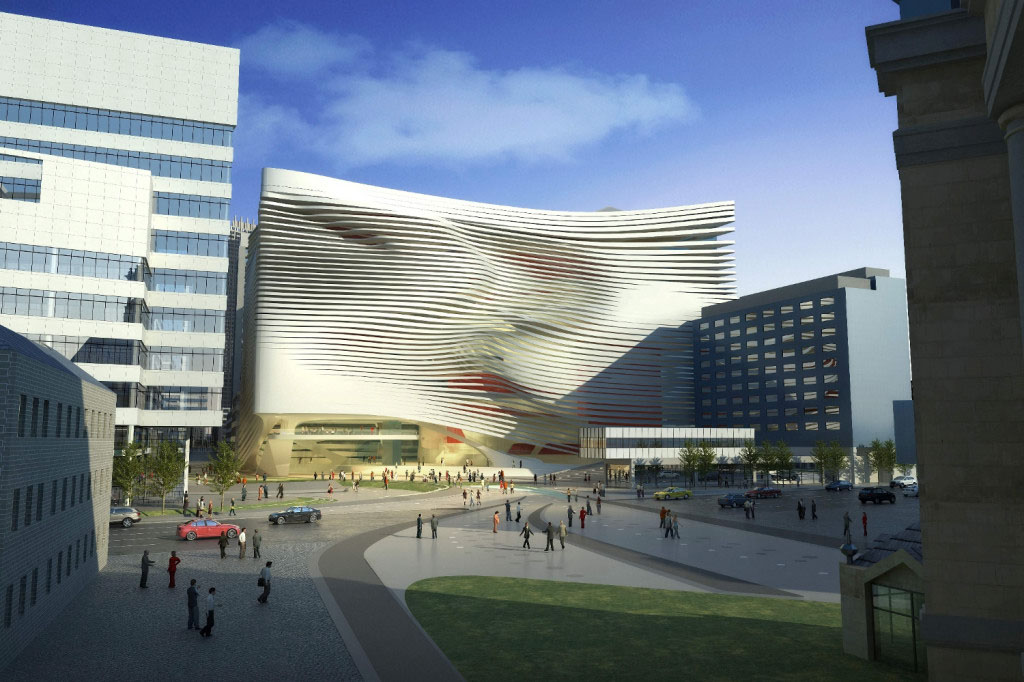


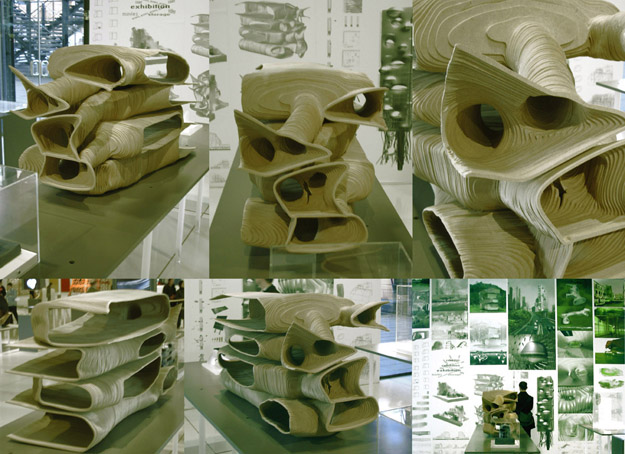
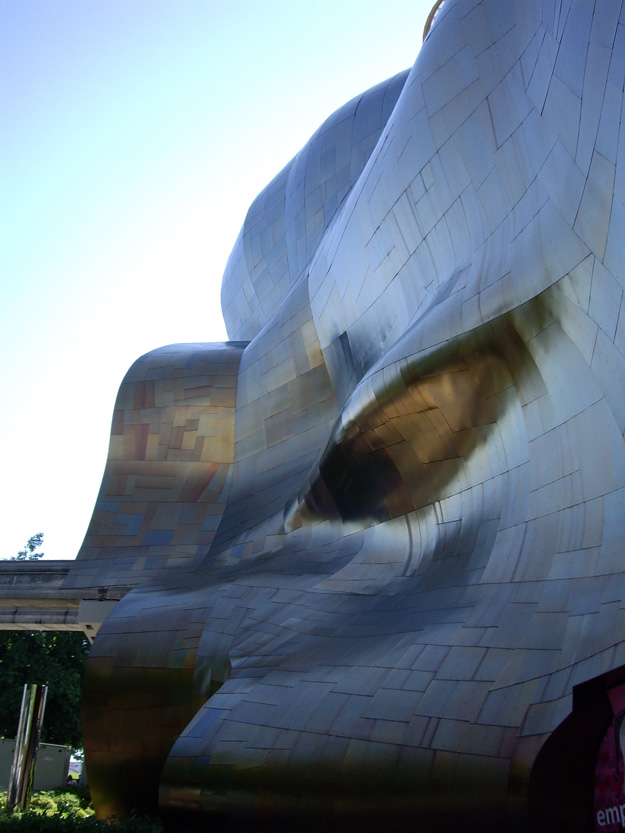
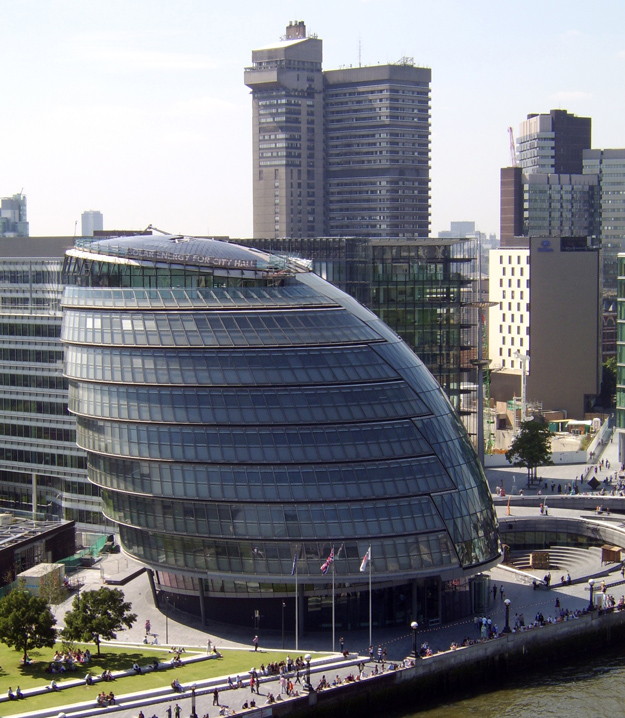
Source: Wikipedia
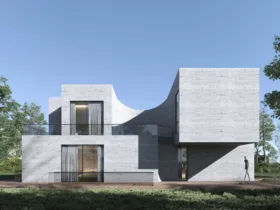
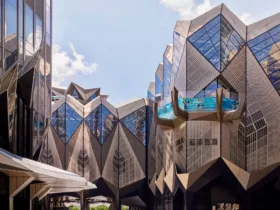

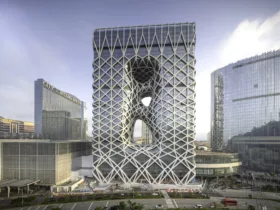

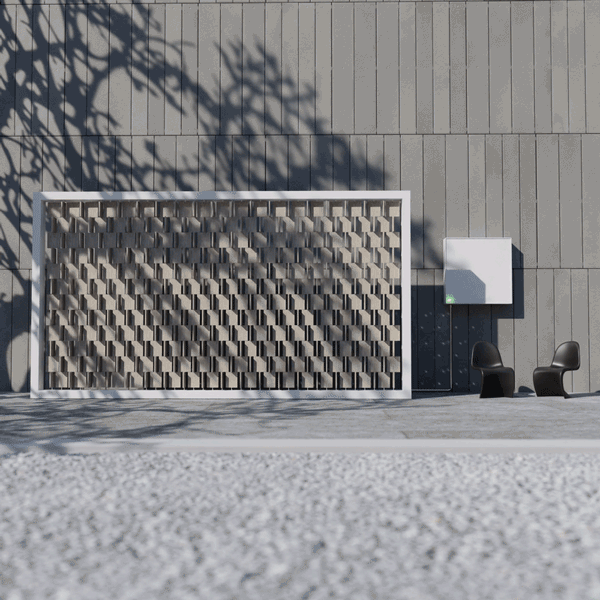







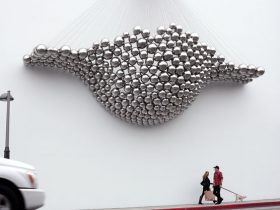


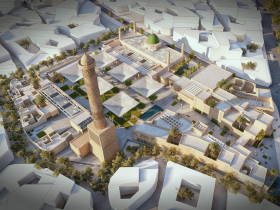

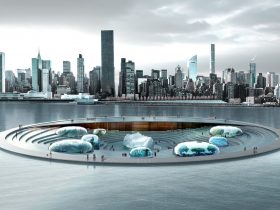


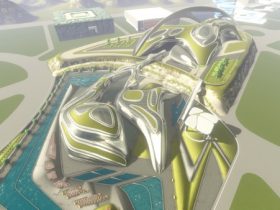


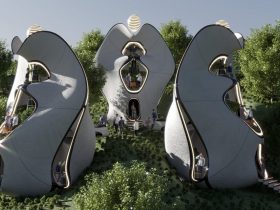

Leave a Reply